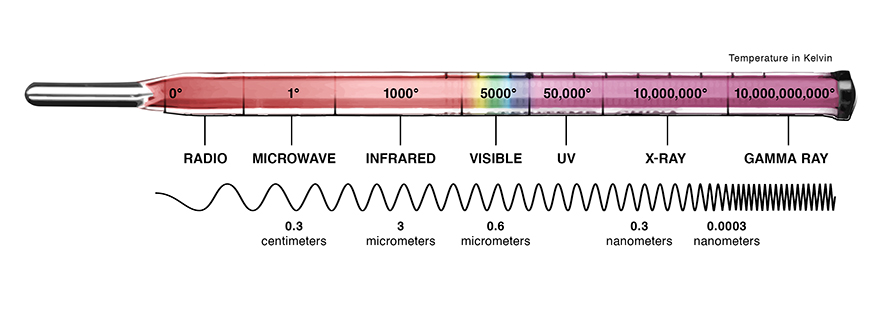About Light
Whether it comes from the Sun, a distant galaxy or a neon sign around the corner, light is all around us. We use it to communicate, navigate, learn and explore. Light is far more than just what we can detect with our eyes. It takes the form of radio waves, microwaves, infrared, ultraviolet, X-rays and gamma rays.

Image Credit: NASA/CXC/M.Weiss
This exhibit, called "Light: Beyond the Bulb" has been assembled to celebrate the International Year of Light (IYL), a global initiative adopted by the United Nations for 2015. The images in this collection have been taken from some of the best photographers, scientists, and curious individuals from around the world. You will travel from the inside of a cell to the distant reaches of the Universe. Throughout this journey, light will guide you.
Introduction:
Since ancient times, humans have sought to utilize light. Over the centuries, some of the greatest minds have been absorbed by trying to understand light. Our lives have been enriched by what we have learned about light, how to make it and how to use it.
In all of its different forms, light enhances our lives. We rely on light – both natural and sources made by humans – to brighten our world. Scientists and engineers around the globe continue to investigate ways to make lighting more efficient and to invent ever more sensitive light-based medical tools so we can understand and defeat disease. Simultaneously, people are looking to light from our Sun as an inexhaustible energy source that may one day provide power to billions of people across the planet.
We use light to monitor our climate and forecast our weather. We use light from the cosmos to understand distant galaxies, to look for signs of life out there, and to learn more about our own planet. We use light to advance manufacturing, which helps drive the global economy and move us toward sustainable practices.
Light comes to us in a myriad of ways, from X rays from space, to the beauty of a rainbow, to an important call through radio waves on our cell phones. This exhibit shows just a sample of the amazing things that light does and how humans have learned to harness it. Light, taking us beyond the bulb.
HIGHLIGHTS: KEY FACTS OF LIGHT
- Light comes in different forms. The light that we see with our eyes is just a fraction of all light. Light also encompasses a wavelengths ranging from radio waves to gamma rays in what is called the "electromagnetic spectrum."
- Light can be described as a wave, with characteristics and behavior that depends on how far apart the crests from each of its waves are spread (a.k.a. its wavelength"). Alternatively, light can be viewed as composed of a stream of photons, with energies inversely proportional to the various wavelengths of light, so that short wavelengths correspond to high energies.
- Nothing in the Universe can travel faster than light. In a vacuum, light travels at about 300,000 kilometers (186,000 miles) per second. This means light could circle the Earth 7.5 times in one second.
- As light travels, its path can be bent when it goes from one medium to another (such as air to water). It can also be blocked (when a shadow occurs, for example), reflected (as with a mirror), or absorbed (like when a stone is heated by infrared light from the Sun.)
- Humans have learned how to harness light and employ it in technologies ranging from medical devices to cell phones to giant telescopes.
COME EXPLORE WHAT LIGHT CAN DO.



